HDR vs SDR: What's the Difference and How to Convert HDR to SDR
High Dynamic Range (HDR) and Standard Dynamic Range (SDR) define how brightness and color are captured and displayed in modern video. While SDR has been the long -standing industry standard, HDR expands the luminance range and color gamut to deliver more vivid highlights, deeper shadows, and lifelike color accuracy. Understanding HDR vs SDR is essential for content creators, videographers, and consumers who want the best viewing experience. In this article, we explain both technologies, compare their differences, explore real world use cases.
Part 1. What Is HDR?
This technology aims to improve the visual quality of images and videos by increasing the range of brightness and color. Unlike typical displays that cannot often render both brilliant highlights and dark shadows well, HDR delivers a more natural view by providing close to an approximation of how the human eye sees things. HDR's functionality can comprise three points, which are given below.
- Expanded Brightness Range up to 1,000 nits or more for true-to-life highlights
- Wider Color Gamut supporting Rec. 2020 for richer, more accurate hues.
- Dynamic Tone Mapping that adapts frame by frame to maximize detail
By preserving detail in both shadows and highlights, HDR video provides a cinematic feel that closely mimics human vision.
Part 2. What Is SDR?
The traditional technology for most displays and media has been Standard Dynamic Range (SDR) for many years. While SDR is the genesis of visual content, it cannot express brightness and color as it should be able to, as newer technologies such as HDR do. That could result in less vivid images and a narrower contrast range of things, decreasing the viewing experience. SDR usage can be introduced through three main points, which are given below.
- Consistent Compatibility across virtually all displays and devices
- Simpler Workflow requiring no special tone -mapping metadata
- Lower File Sizes owing to less intensive color and brightness data
Although SDR remains widely used, its narrower dynamic range and color depth can make visuals appear less immersive.
Part 3. SDR vs HDR: Which Is The Best?
Choosing between high dynamic range (HDR) and standard dynamic range (SDR) is essential, so here are some differences to consider. The strengths and weaknesses of each technology make the best choice based on personal preference and usage scenario.
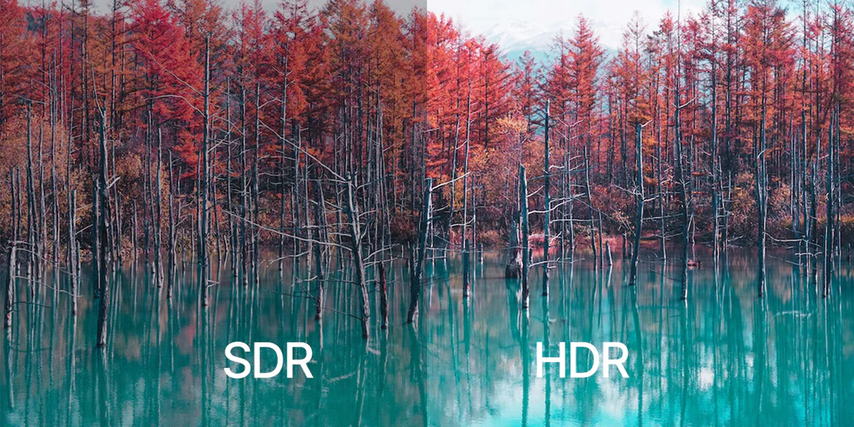
A Quick Comparison Table Between HDR and SDR
Aspect
HDR Video
SDR Video
Color Gamut
Rec. 2020 (10 - to 12 -bit depth)
Rec. 709 (8 -bit depth)
Contrast
Deeper blacks and brighter highlights
Flatter contrast
File Size & Bitrate
Larger due to extra metadata and depth
Smaller, easier for streaming
Device Compatibility
Requires HDR-capable display and GPU
Works on all screens
Workflow Complexity
Needs color grading and metadata handling
Standard editing tools suffice
Differences Between SDR Vs HDR
1. Brightness
Brightness-wise, HDR outdoes SDR; it can have brighter highlights than SDR, exceeding 1,000 nits in brightness versus SDR's average of 100 to 300 nits. That difference makes HDR capable of producing a more vivid visual experience, especially in scenes with bright light.
2. Color Range
The advantage of HDR is that it has a more extensive color gamut, which means more vibrant and colorful images. While SDR's color palette is adequate for many applications, it's a little muted in comparison, offering a much more narrow range of colors for visual storytelling.
3. Contrast
Contrast is the big winner with HDR, creating a much more extensive range of light to dark tones. This helps punch in highlights better and get more definition on these shadows, versus SDR, which often tends to flatten these contrasts and thereby have less depth.
4. Viewing Experience
HDR can take video to the next level, which is immersive. While familiar, SDR is less dynamic and impactful in visually rich content.
5. Content Availability
However, the library of films, TV shows, and games is much more extensive and is still more widely available with SDR. However, SDR is still a safer option if you're looking for variety, as HDR content is growing but less so.
6. Compatibility
Almost all devices are compatible with SDR displays, but some hardware is needed to get the most out of HDR displays. For some users, HDR's accessibility is limited by this.
7. Post-Processing
Post-processing can be applied to HDR content to increase its qualities further, but there are no such opportunities with SDR, and HDR thus provides a more versatile choice for creators.
8. Use Cases
Because high-quality media such as cinematic films and video games put a premium on visual fidelity, HDR is beneficial. On the other hand, SDR is enough for everyday viewing — news and casual content.
9. Cost
HDR displays are usually more costly than standard displays because of their advanced technology. This price difference can be a significant deciding factor for consumers when choosing their equipment.
Part 4. How to Convert SDR to HDR with AI
Low-resolution SDR (Standard Dynamic Range) videos often suffer from dull colors, poor contrast, and limited brightness, especially when viewed on modern HDR displays. With the rise of AI video enhancement, it's now possible to breathe new life into outdated or low-quality footage.
HitPaw VikPea is an AI-powered video enhancer that makes converting SDR to HDR simple and highly effective. Whether you're working with dark clips, old digital camera footage, or screen recordings, VikPea’s SDR to HDR model boosts your video’s clarity, color, and dynamic range automatically. No advanced editing skills needed.
- Expands brightness range to highlight vivid details in both shadows and highlights
- Upscales low-res videos to 4K or 8K resolution with excellent clarity
- Enhances color depth for more vibrant and natural-looking video playback
- Optimizes low-light footage by reducing noise and increasing sharpness
- Adjusts exposure intelligently to avoid overexposure or washed-out results
Step 1.Download and install HitPaw VikPea on your computer. After launching the software, click on the AI Color section and select SDR to HDR Model. Import the low-resolution SDR videos you want to enhance.

Step 2.Once your video is imported, use the Exposure Adjustment slider to fine-tune brightness. This setting allows you to control the visual balance of the enhanced HDR video, especially in scenes with heavy shadows or strong highlights
Step 3.Use the preview window to view a side-by-side comparison of the SDR input and HDR output. Once you're satisfied with the result, click Export to save your enhanced, color-balanced HDR video to your computer.

Learn More about HitPaw VikPea
Conclusion
HDR and DSR have their characteristics, making them a preference for user experiences, but it all depends on what you want or need to watch. HitPaw VikPea can help enhance your video content. Depending on your needs, AI-driven capabilities can significantly improve your videos up to 4K or 8K. It can be an excellent accompaniment for anyone wanting to enhance visual quality seamlessly. Try Hitpaw Video Enhancer for free today!







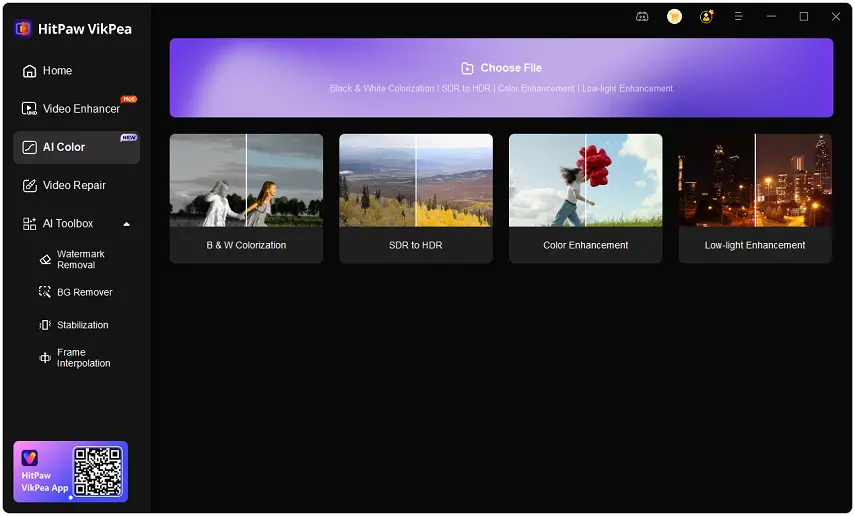
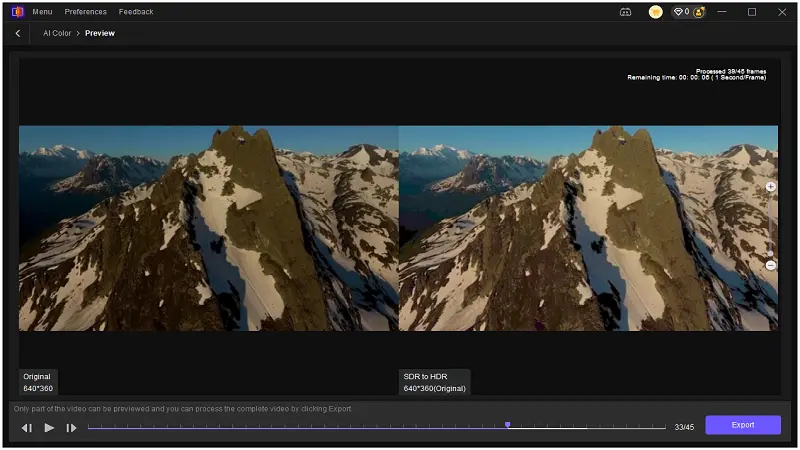
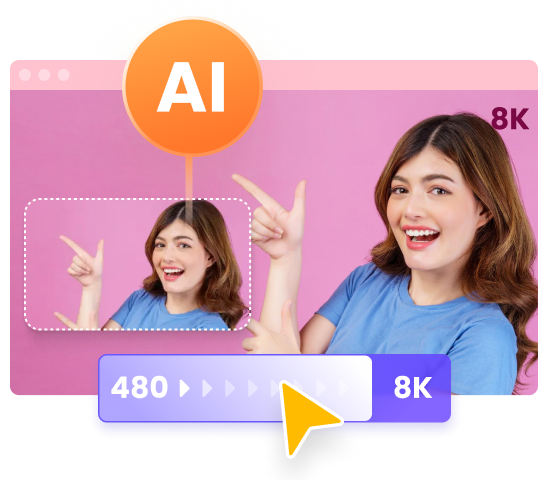
 HitPaw Univd (Video Converter)
HitPaw Univd (Video Converter)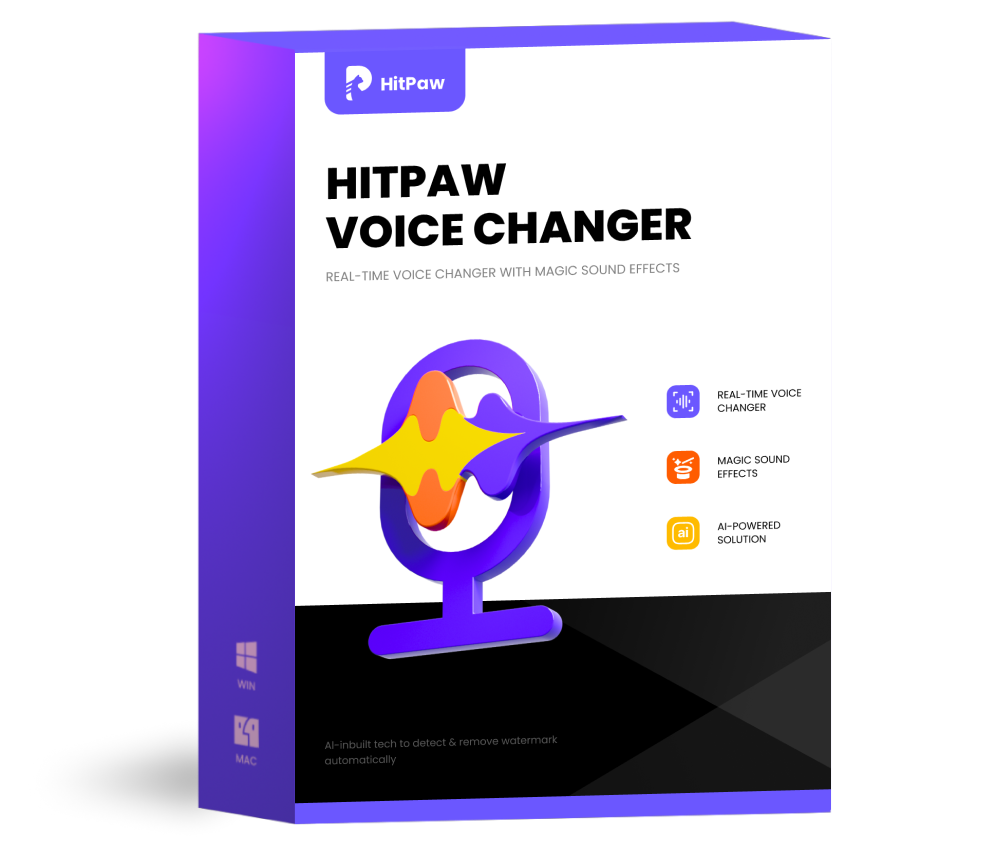 HitPaw VoicePea
HitPaw VoicePea 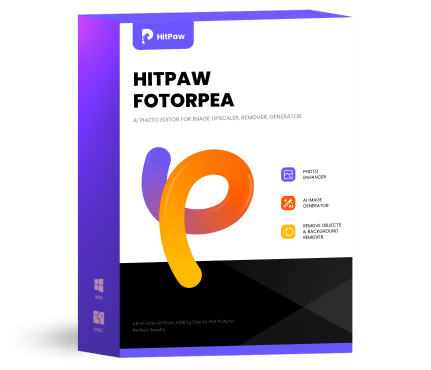 HitPaw FotorPea
HitPaw FotorPea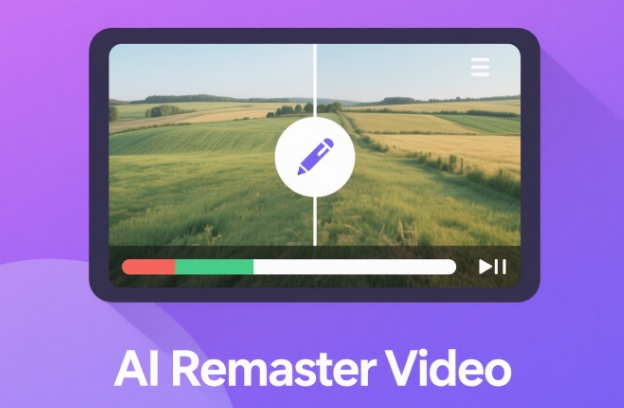
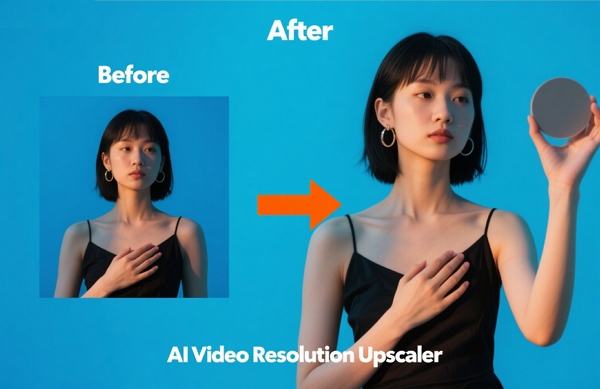
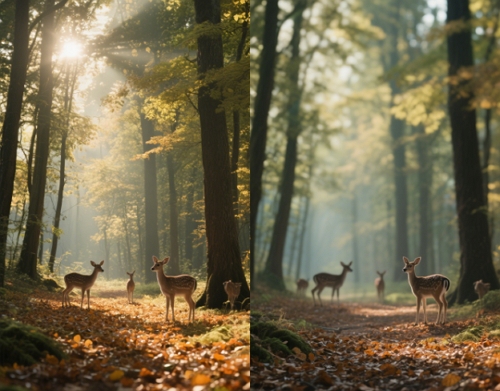

Share this article:
Select the product rating:
Daniel Walker
Editor-in-Chief
This post was written by Editor Daniel Walker whose passion lies in bridging the gap between cutting-edge technology and everyday creativity. The content he created inspires the audience to embrace digital tools confidently.
View all ArticlesLeave a Comment
Create your review for HitPaw articles